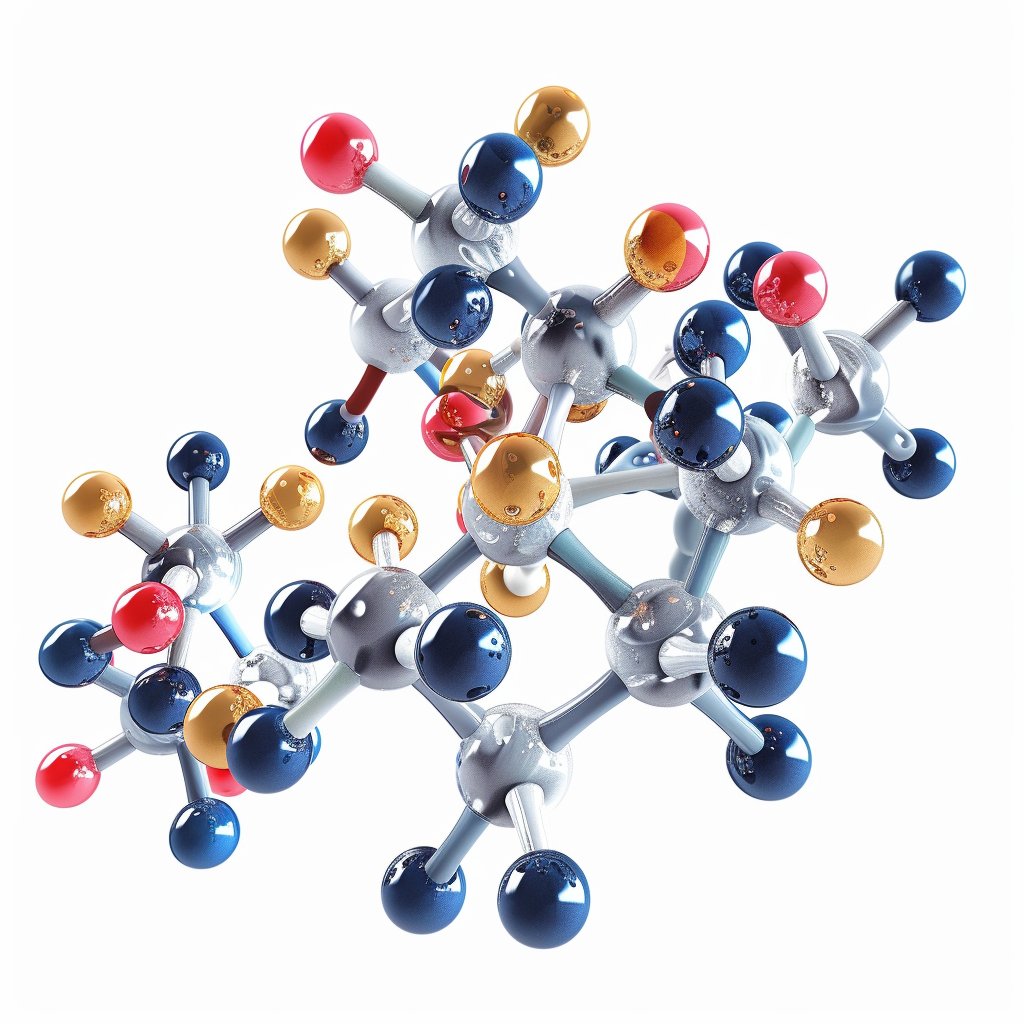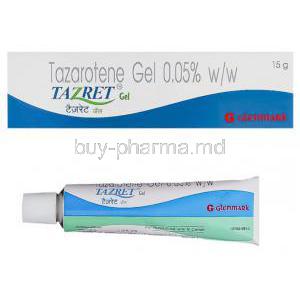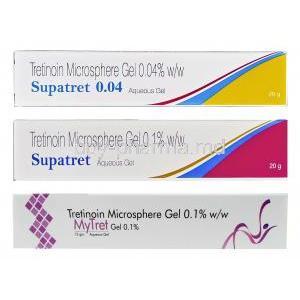Cutivate Ointment
- I. Introduction
- II. Composition of Cutivate Ointment
- III. How Cutivate Ointment Works
- IV. Uses of Cutivate Ointment
- V. Off-label Uses of Cutivate Ointment
- VI. Dosage and Administration
- VII. Common Side Effects of Cutivate Ointment
- VIII. Serious Side Effects and Adverse Reactions
- IX. Warnings and Contraindications
- X. Precautions for Specific Populations
- XI. Interaction with Other Medications
- XII. Overdosage: Signs, Symptoms, and Management
- XIII. Storage and Handling Precautions
- XIV. Careful Administration and Monitoring
I. Introduction
Cutivate Ointment is an effective solution for various skin issues playing a vital role in treating skin ailments. This guide details the features of Cutivate Ointment, including its ingredients and proper usage, offering valuable insights for using it effectively.
II. Composition of Cutivate Ointment
Cutivate Ointments' effectiveness is rooted in propionate, a well-known active ingredient with powerful anti-inflammatory qualities. Alongside this, there are non-active components carefully selected to create a foundation that boosts the medicinal features while maintaining stability and ease of use.

III. How Cutivate Ointment Works
- Cultivate Ointments' way of working showcases the nature of current dermatological research, effectively targeting and reducing inflammatory agents at the cellular level.
- It also works by regulating the body's response, providing relief from symptoms of skin conditions like dermatitis, with impressive effectiveness.
IV. Uses of Cutivate Ointment
- Cutivate Ointment is indicated for the treatment of various skin conditions, including eczema, psoriasis, and allergic reactions 1.
- It plays an essential role in dermatological treatments by addressing inflammatory and pruritic symptoms 1.
V. Off-label Uses of Cutivate Ointment
-
Vitiligo: Vitiligo causes depigmentation of the skin, resulting in white patches. Cutivate Ointment has been used off-label to manage localized vitiligo patches, although its efficacy varies.
-
Contact Dermatitis: While Cutivate is approved for allergic contact dermatitis, it may also be used off-label for irritant contact dermatitis. However, individual responses can differ.
-
Prurigo Nodularis: This intensely itchy skin condition involves nodules or lumps. Cutivate Ointment may provide relief, although it’s not an official indication.
VI. Dosage and Administration
Following the dosage and application method is crucial for Cutivate Ointment to work effectively. Applying it based on the seriousness of the condition and following the treatment duration recommendations helps achieve the desired results while reducing any risks involved.
VII. Common Side Effects of Cutivate Ointment
Although Cutivate Ointment is usually well tolerated, it does come with some side effects. These can vary from skin irritation to longer-lasting effects, so it's important to have a good understanding of these potential issues in order to address and manage them proactively.

VIII. Serious Side Effects and Adverse Reactions
Severe reactions, while uncommon, require medical attention. These instances serve as a signal to reassess treatment approaches focusing on effectively addressing and reducing these significant adverse effects to safeguard patient health and welfare.
IX. Warnings and Contraindications
Cutivate Ointment should not be used in situations emphasizing the importance of carefully evaluating whether its risks outweigh the benefits before using it. It is especially crucial to examine its application in vulnerable populations to prevent any negative effects.
X. Precautions for Specific Populations
A. Administration to Elderly
Using Cutivate Ointment requires extra caution in individuals. Since this group often faces health issues, they may be more sensitive to the active ingredients in the ointment. It's crucial to make dosage changes. Closely monitor them to prevent any negative reactions and ensure the best possible treatment results.
B. Administration to Pregnant Women and Nursing Mothers
During pregnancy and breastfeeding, managing skin conditions with medication poses challenges. Expectant mothers and nursing women need to balance treating their condition effectively while ensuring the safety of their unborn or newborn child.
- Healthcare providers emphasize the importance of using medications based on a thorough evaluation of risks versus benefits.
- Exploring alternative treatment options is recommended, as well as using medications on the smallest area of skin for the shortest time possible.
C. Administration to Children
Ensuring the application of Cutivate Ointment for pediatric patients is crucial due to their sensitive physiology. It is important to consider age-appropriate dosages and safety precautions to prevent any risks of absorption into the body and subsequent side effects. By applying the ointment and monitoring its effects regularly, we can prioritize the health and safety of this vulnerable group.
XI. Interaction with Other Medications
When using Cutivate Ointment along with medications, at the same time, there is a possibility of unexpected drug interactions occurring. This could lead to a reduction in the effectiveness of the treatment.
- Trigger unfavorable reactions. Patients should simultaneously inform their healthcare provider about all the medications they are taking. To manage these interactions, it is recommended to make changes to the treatment plans and carefully monitor for any effects.
XII. Overdosage: Signs, Symptoms, and Management
Excessive use of Cutivate Ointment, although uncommon, needs to be identified and addressed. If there are signs indicating much application, it's important to stop using the ointment immediately and seek medical advice. The focus of treatment strategies is, on relieving symptoms and healing the skin.
XIII. Storage and Handling Precautions
To make sure that Cutivate Ointment remains effective it's important to store and handle it properly. Keeping it in a dry place away, from sunlight helps preserve its quality. Following the handling instructions also prevents any contamination or loss of effectiveness ensuring the medication works as intended.

XIV. Careful Administration and Monitoring
The main focus of managing Cutivate Ointment is to monitor its administration. Regularly evaluating the effectiveness of the treatment and being watchful for any impacts are crucial for a successful therapy. Making changes, to the treatment plan based on ongoing assessments helps maximize the therapeutic advantages while minimizing any possible risks.











